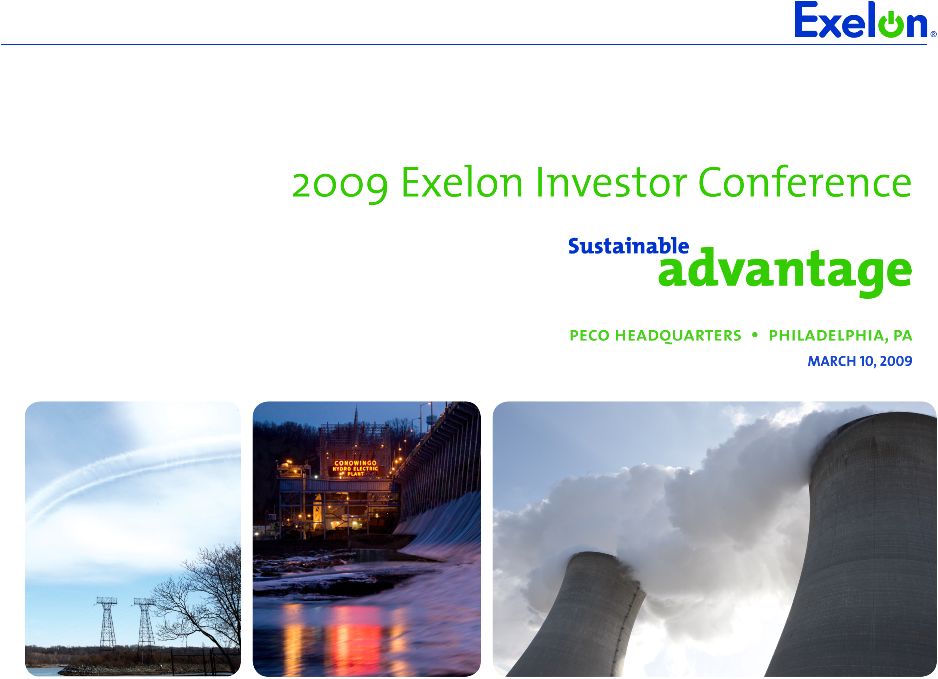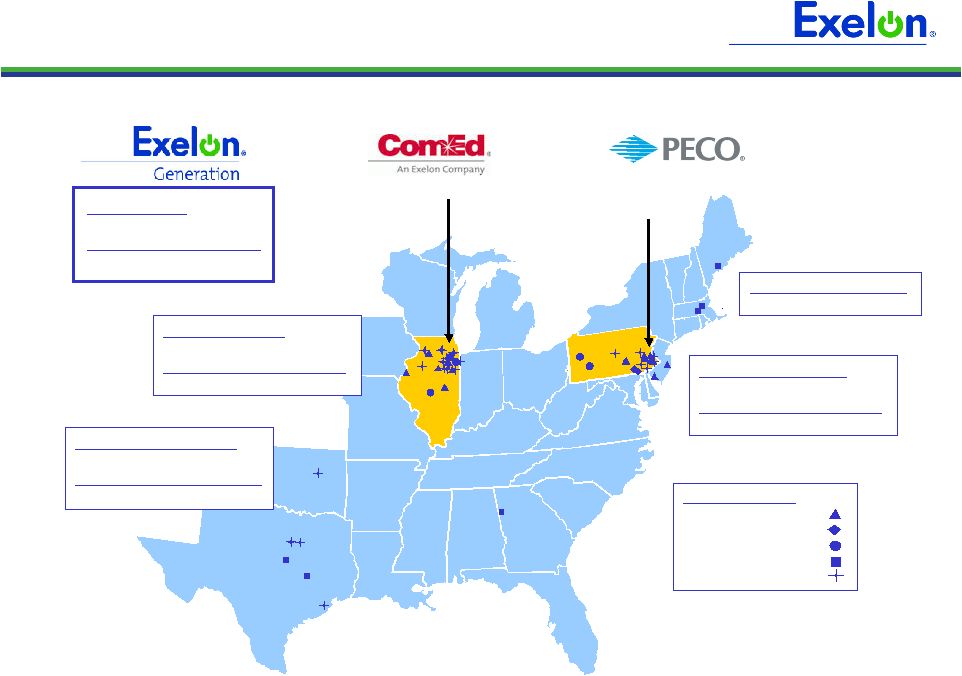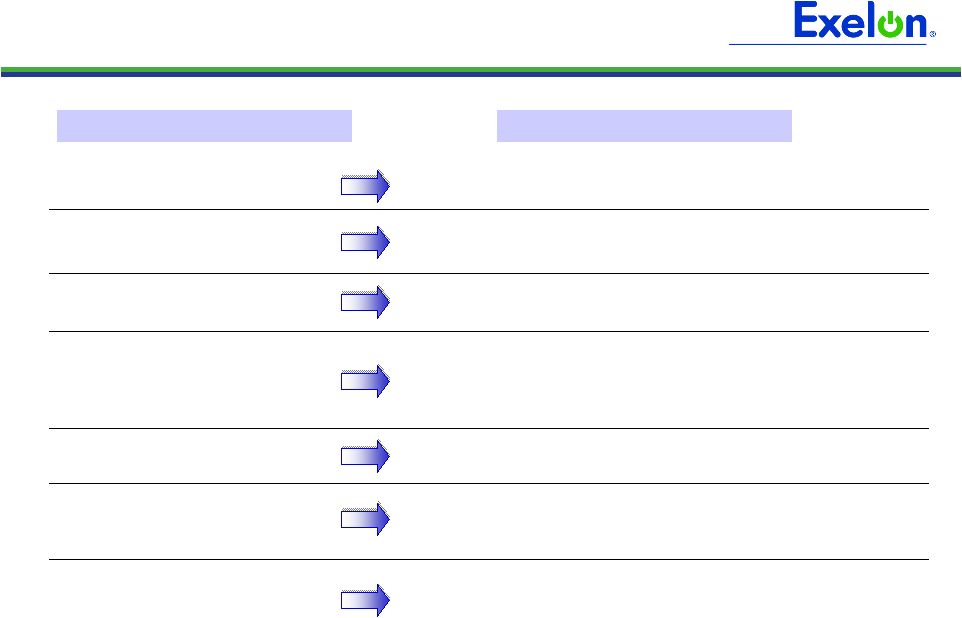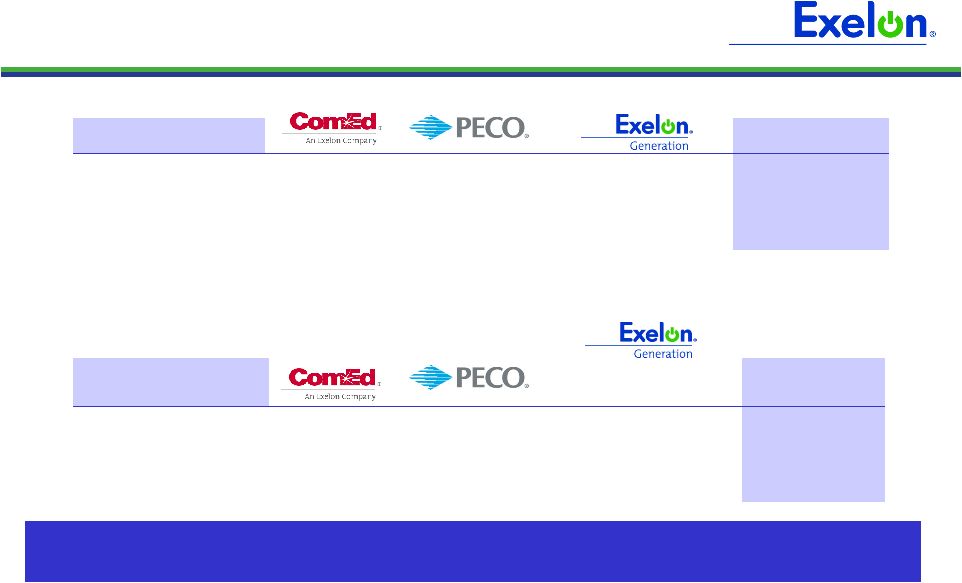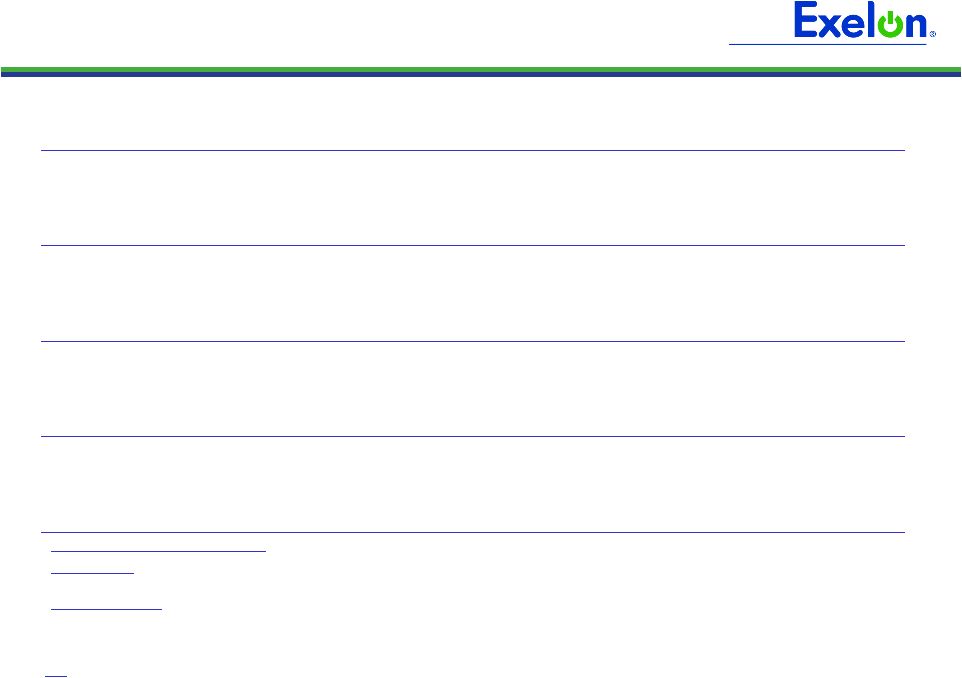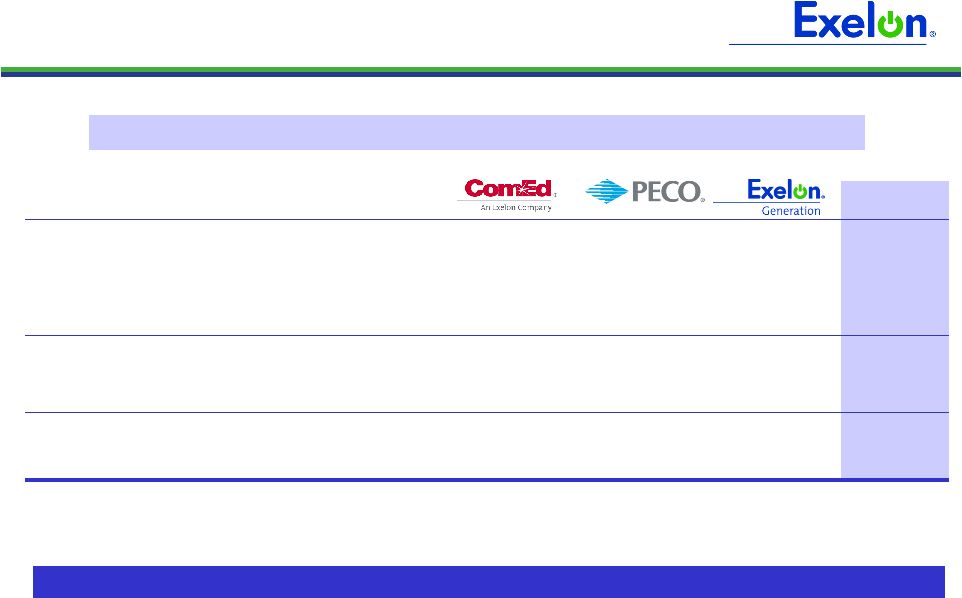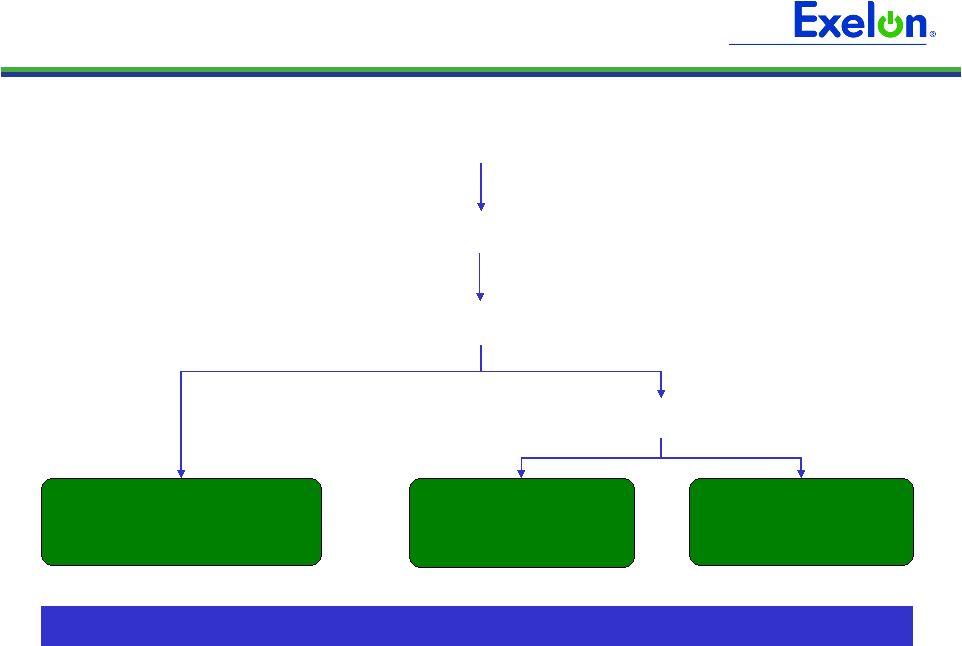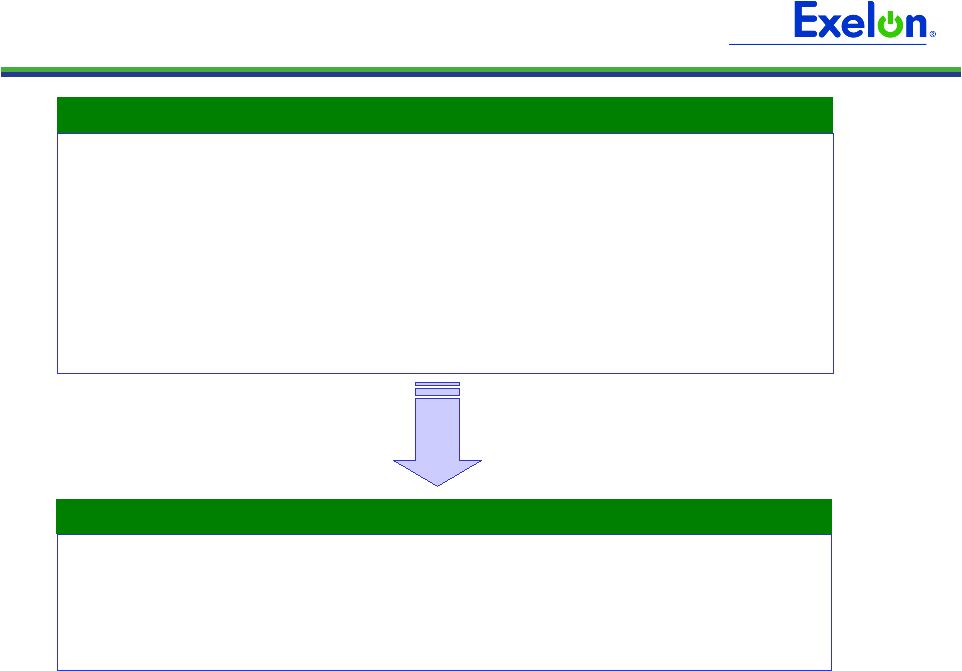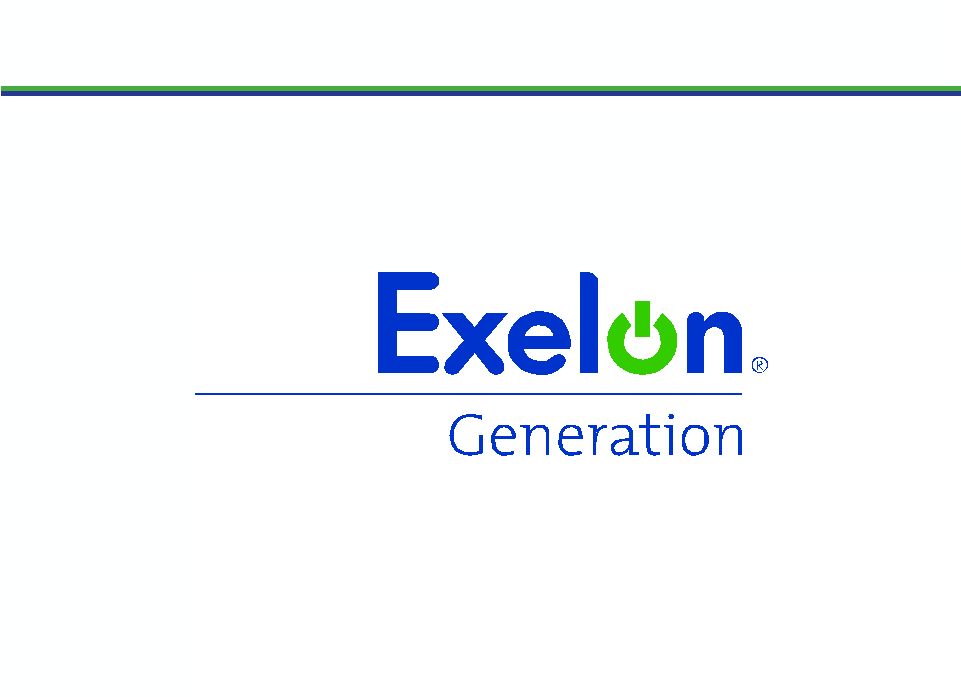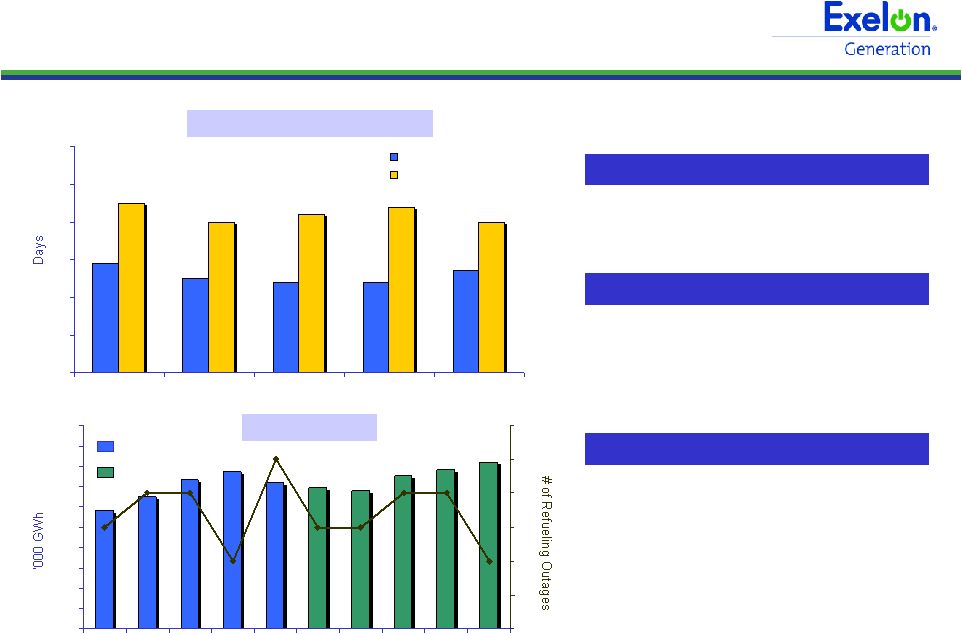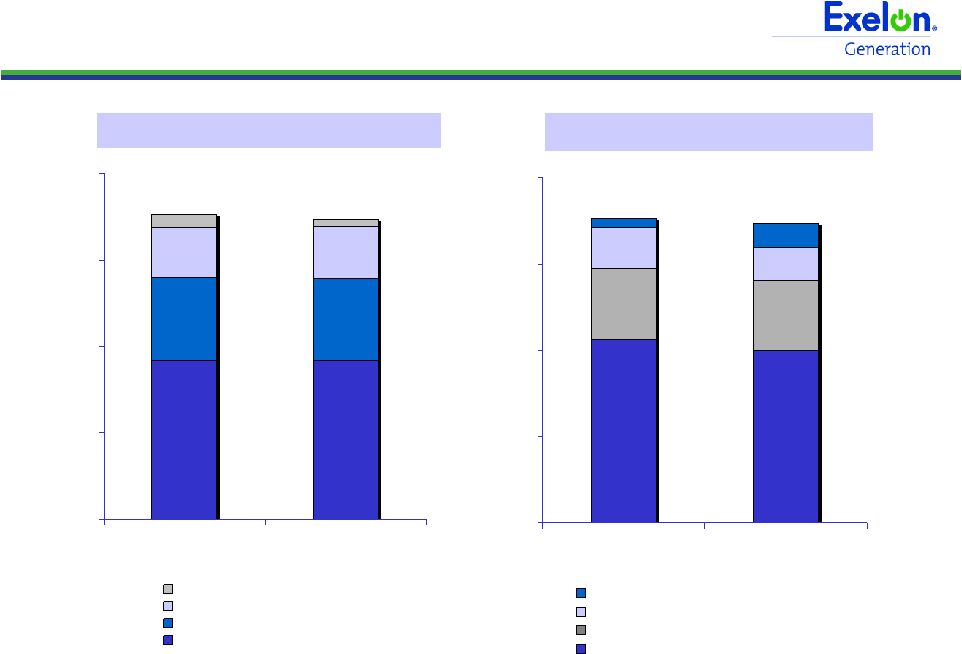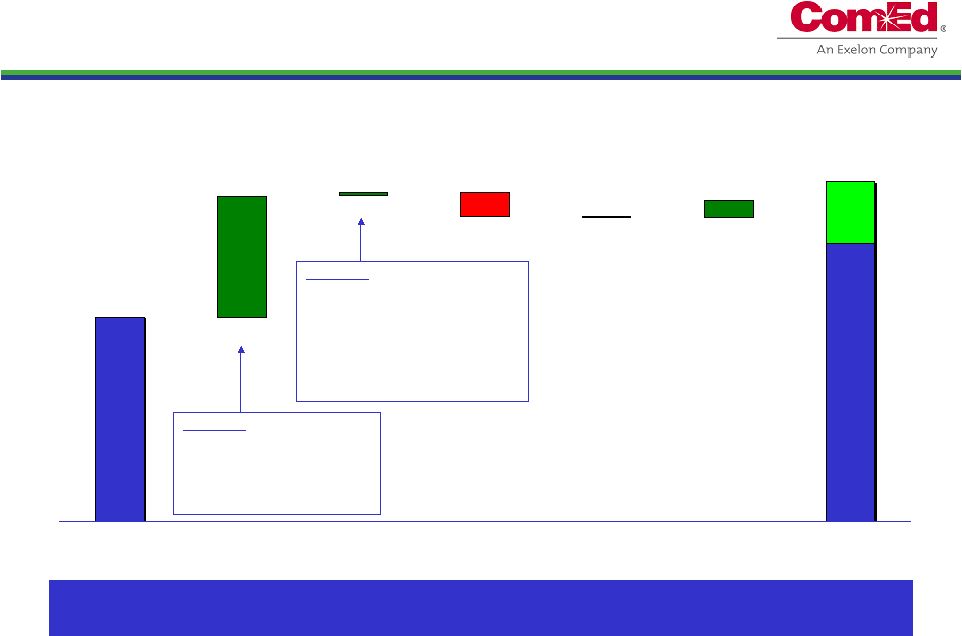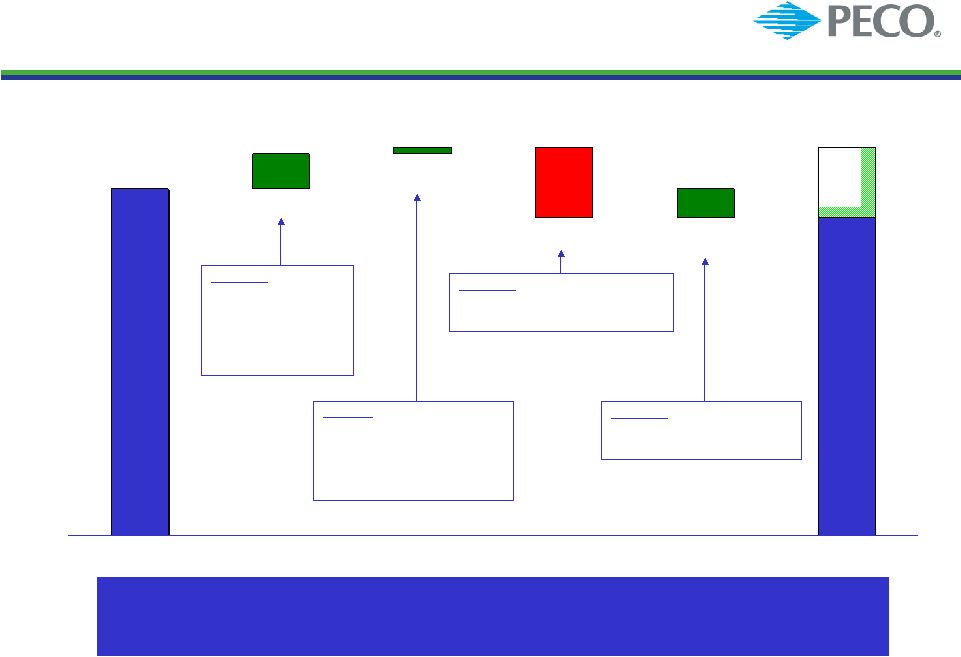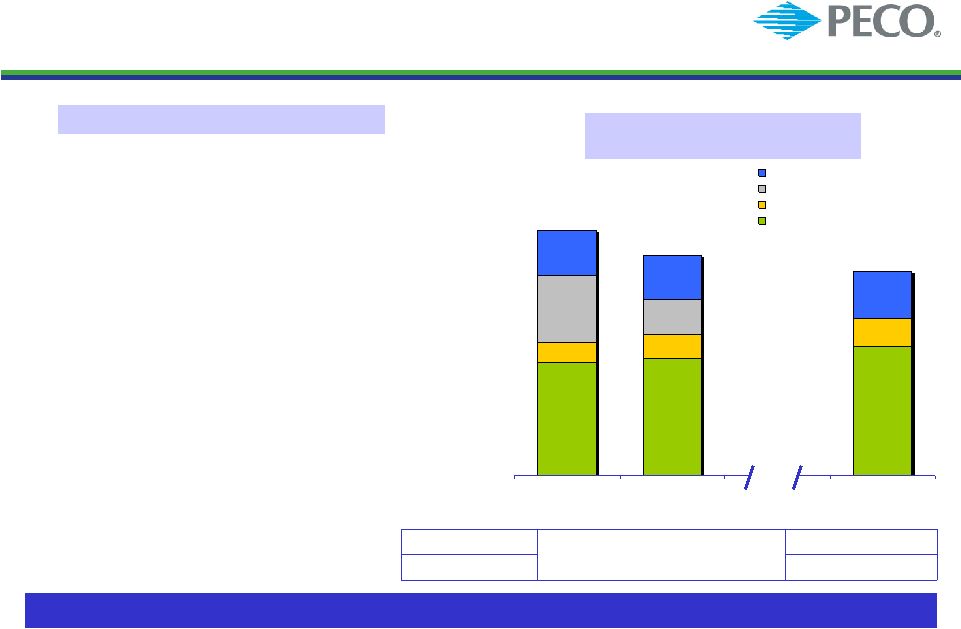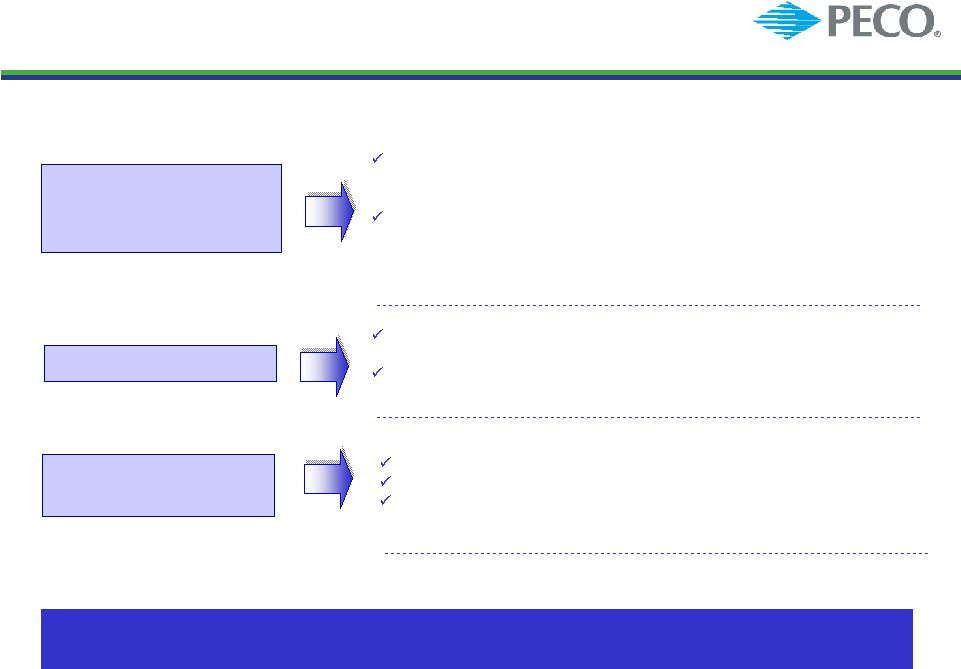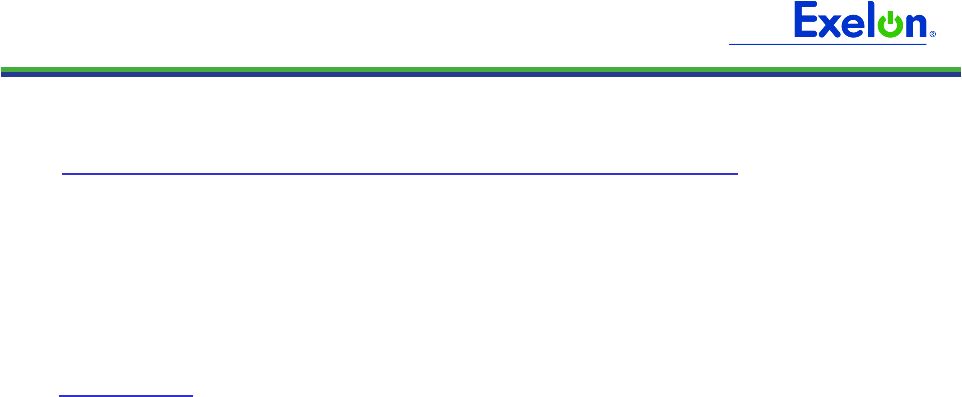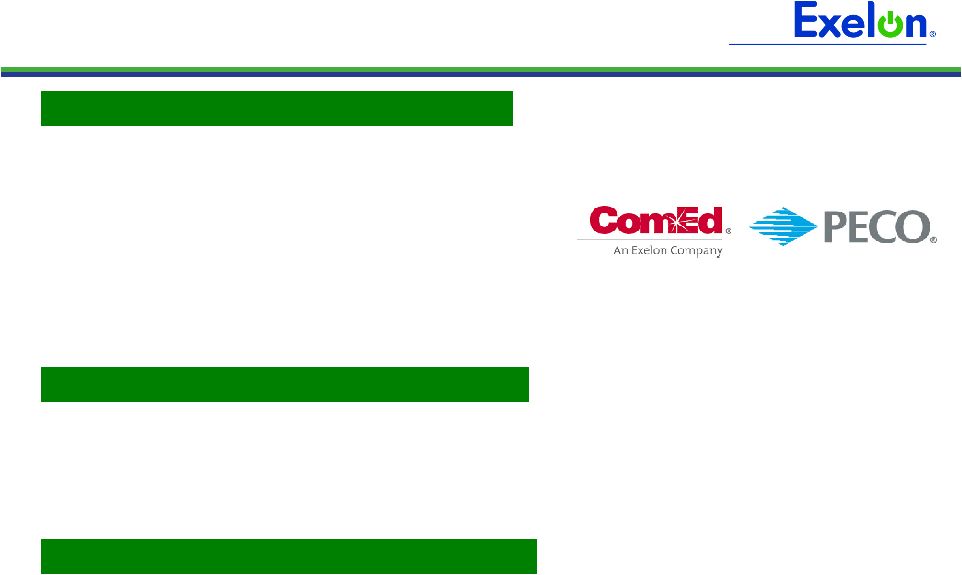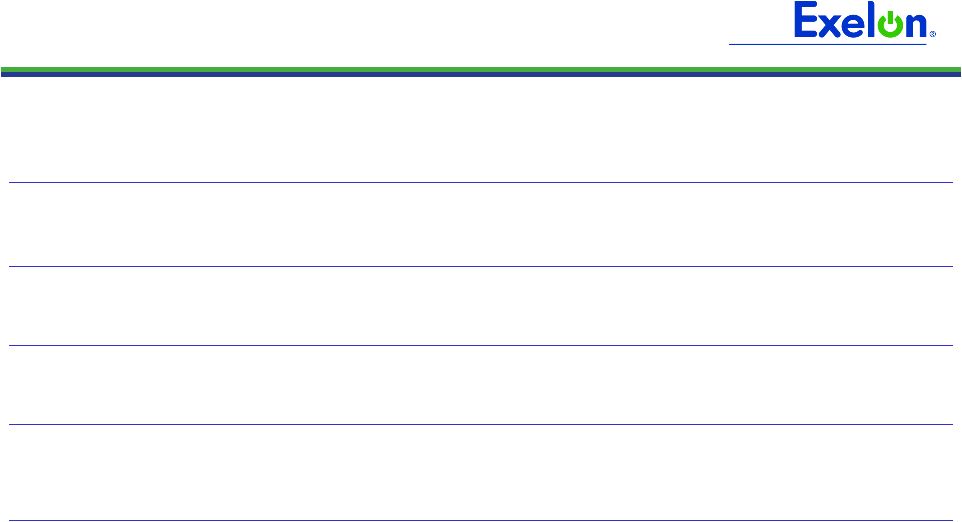2 Important Information This presentation relates, in part, to the offer (the “Offer”) by Exelon Corporation (“Exelon”) through its direct wholly-owned subsidiary, Exelon Xchange Corporation (“Xchange”), to exchange each issued and outstanding share of common stock (the “NRG shares”) of NRG Energy, Inc. (“NRG”) for 0.485 of a share of Exelon common stock. This presentation is for informational purposes only and does not constitute an offer to exchange, or a solicitation of an offer to exchange, NRG shares, nor is it a substitute for the Tender Offer Statement on Schedule TO or the Prospectus/Offer to Exchange included in the Registration Statement on Form S-4 (Reg. No. 333-155278) (including the Letter of Transmittal and related documents and as amended from time to time, the “Exchange Offer Documents”) previously filed by Exelon and Xchange with the Securities and Exchange Commission (the “SEC”). The Offer is made only through the Exchange Offer Documents. Investors and security holders are urged to read these documents and other relevant materials as they become available, because they will contain important information. Exelon expects to file a proxy statement on Schedule 14A and other relevant documents with the SEC in connection with the solicitation of proxies (the “NRG Meeting Proxy Statement”) for the 2009 annual meeting of NRG stockholders (the “NRG Meeting”). Exelon will also file a proxy statement on Schedule 14A and other relevant documents with the SEC in connection with its solicitation of proxies for a meeting of Exelon shareholders (the “Exelon Meeting”) to be called in order to approve the issuance of shares of Exelon common stock pursuant to the Offer (the “Exelon Meeting Proxy Statement”). Investors and security holders are urged to read the NRG Meeting Proxy Statement and the Exelon Meeting Proxy Statement and other relevant materials as they become available, because they will contain important information. Investors and security holders can obtain copies of the materials described above (and all other related documents filed with the SEC) at no charge on the SEC’s website: www.sec.gov. Copies can also be obtained at no charge by directing a request for such materials to Innisfree M&A Incorporated, 501 Madison Avenue, 20th Floor, New York, New York 10022, toll free at 1-877-750-9501. Investors and security holders may also read and copy any reports, statements and other information filed by Exelon, Xchange or NRG with the SEC, at the SEC public reference room at 100 F Street, N.E., Washington, D.C. 20549. Please call the SEC at 1-800-SEC-0330 or visit the SEC’s website for further information on its public reference room. Exelon, Xchange and the individuals to be nominated by Exelon for election to NRG’s Board of Directors will be participants in the solicitation of proxies from NRG stockholders for the NRG Meeting or any adjournment or postponement thereof. Exelon and Xchange will be participants in the solicitation of proxies from Exelon shareholders for the Exelon Meeting or any adjournment or postponement thereof. In addition, certain directors and executive officers of Exelon and Xchange may solicit proxies for the Exelon Meeting and the NRG Meeting. Information about Exelon and Exelon’s directors and executive officers is available in Exelon’s proxy statement, dated March 20, 2008, filed with the SEC in connection with Exelon’s 2008 annual meeting of shareholders. Information about Xchange and Xchange’s directors and executive officers is available in Schedule II to the Prospectus/Offer to Exchange. Information about any other participants will be included in the NRG Meeting Proxy Statement or the Exelon Meeting Proxy Statement, as applicable. | 